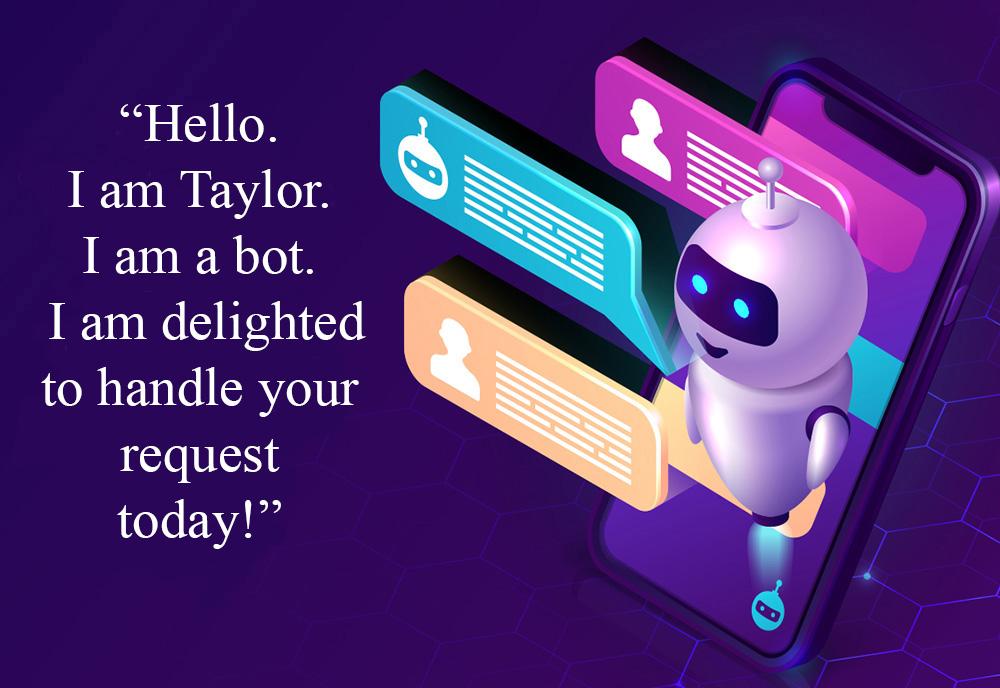In recent years, artificial intelligence (AI) chatbots have revolutionized the way businesses interact with customers. These AI-driven conversational agents are not just a trend; they are becoming an essential tool for businesses aiming to enhance their customer service experience. In this article, we will explore the rise of AI chatbots, their benefits, practical tips for implementation, and real-world case studies that highlight their impact.
What Are AI Chatbots?
AI chatbots are software applications that use artificial intelligence to simulate human-like conversations. They can understand, process, and respond to customer inquiries through text or voice. As technology continues to advance, these chatbots are becoming increasingly sophisticated, enabling them to handle a variety of tasks, from answering FAQs to providing personalized recommendations.
The Benefits of AI Chatbots in Customer Service
AI chatbots offer numerous advantages to businesses looking to enhance their customer service operations:
-
- 24/7 Availability: AI chatbots provide round-the-clock service, ensuring customers can get assistance anytime.
-
- Instant Responses: Chatbots can handle multiple inquiries simultaneously, significantly reducing wait times.
-
- Cost Efficiency: Automating customer service processes with chatbots reduces the need for extensive customer support teams.
-
- Data Collection: Chatbots collect valuable data on customer interactions, aiding businesses in improving services.
-
- Personalization: Advanced AI chatbots can offer tailored recommendations based on user behavior and preferences.
Practical Tips for Integrating AI Chatbots
Implementing AI chatbots in your customer service strategy can be straightforward if you follow these practical tips:
-
- Define Your Objectives: Understand what you want to achieve with your chatbot—whether it’s to reduce response times, handle FAQs, or provide personalized support.
-
- Choose the Right Platform: Select a chatbot platform that aligns with your business needs, scalability, and integration capabilities.
-
- Train Your Chatbot: Provide your chatbot with a vast array of potential inquiries and scenarios to enhance its learning and response accuracy.
-
- Ensure Human Backup: Have a system in place where a human can step in when the chatbot is unable to assist effectively.
-
- Monitor and Improve: Continuously analyze chatbot performance and customer feedback to make necessary adjustments.
Case Studies: AI Chatbots in Action
To illustrate the effectiveness of AI chatbots, let’s examine a few case studies.
Case Study 1: Sephora
Sephora, a global leader in beauty retail, has successfully integrated AI chatbots into their customer service strategy. Their chatbot, available on platforms like Facebook Messenger, assists customers with product recommendations and booking in-store appointments. This not only improved customer engagement but also enhanced conversion rates significantly, contributing to a more streamlined shopping experience.
Case Study 2: HDFCBank
HDFCBank, one of India’s largest private banks, introduced a chatbot named Eva. The AI-driven chatbot can manage over 40 million customer queries efficiently, providing instant results and reducing the workload for human agents. This led to faster resolution times and significantly improved customer satisfaction levels.
| Company | Chatbot Name | Key Features |
|---|---|---|
| Sephora | Sephora Chatbot | Product recommendations, appointment booking |
| HDFCBank | Eva | Answering queries, instant results |
First-Hand Experience: How AI Chatbots Simplify Customer Interactions
Many businesses have experienced firsthand the transformative power of AI chatbots. One such experience from a small online retailer highlights how their chatbot automated 80% of customer inquiries regarding order status, freeing up their customer support team to focus on more complex issues. As a result, customer satisfaction scores improved, and the retailer saw a 30% increase in returning customers.
Challenges Involved in Implementing AI Chatbots
While AI chatbots present many benefits, businesses must also be aware of potential challenges:
-
- Understanding Limitations: Chatbots are powerful but might struggle with complex inquiries or nuanced customer emotions.
-
- Technology Costs: Initial costs for advanced chatbots can be high, particularly for small businesses.
-
- User Adoption: Some customers may prefer traditional human interaction over interacting with a chatbot.
The Future of AI Chatbots in Customer Service
The future of AI chatbots in customer service looks promising. As technology advances, we can expect even greater improvements in natural language processing, speech recognition, and personalization. Businesses that accept and adapt to these innovations are set to offer unparalleled customer experiences, ultimately distinguishing themselves in a competitive marketplace.
Conclusion
AI chatbots are not just a fleeting trend; they represent a seismic shift in customer service dynamics. From enhancing efficiency and reducing costs to providing 24/7 assistance, their role is indispensable in today’s digital era. By understanding their benefits, integrating them wisely, and continuously monitoring their performance, businesses can leverage AI chatbots to create a unique and engaging customer service experience. As we move forward, embracing this technology will be crucial for organizations aiming to stay ahead in a rapidly evolving landscape.

